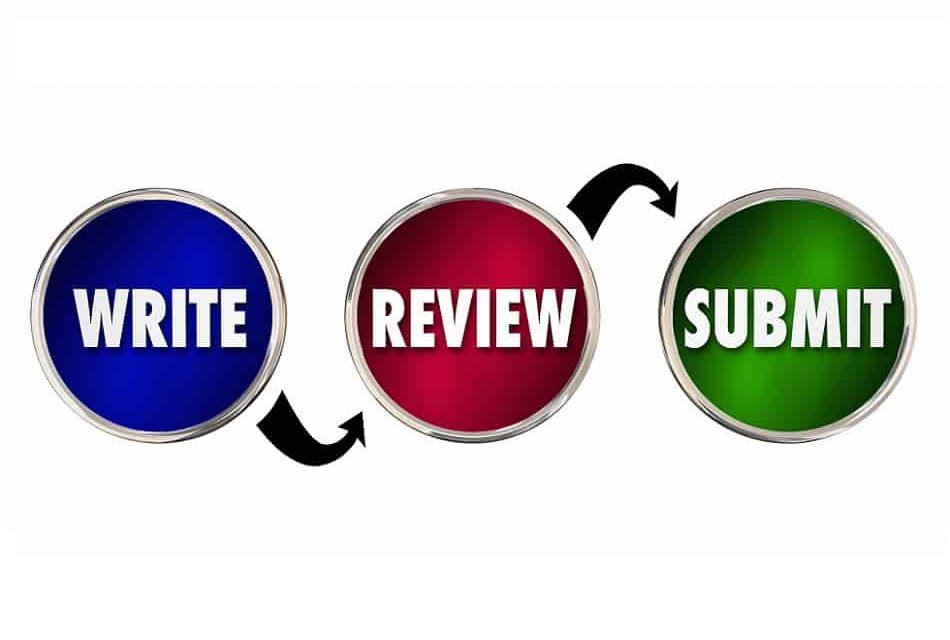Never Ignore the Author Instructions of an Academic Journal
Ignoring the specifics of a journal’s guidelines regarding how articles should be submitted is an extremely effective technique for irritating an editor before he or she has even read a single word of your writing. In the worst of scenarios, submitting your paper in an inappropriate way will earn you an instant rejection from an overworked editor or assistant. In the best of scenarios, submitting your paper in the wrong way will simply win you a request to resubmit it appropriately, but that takes time and patience on your part and, more importantly, on the part of the journal’s staff, so it is always wise to get it right the first time and immediately establish a positive and professional relationship. Keep in mind that submitting an article incorrectly sets a precedent that may suggest to the journal’s editor that your paper itself will not conform to journal guidelines and requirements. Given just how busy many editors of academic journals are, such a precedent can lead to your article not being seriously considered for publication at all, which entirely defeats the purpose of submitting your work in the first place.
It is therefore essential that you read very carefully all of the journal’s instructions about exactly how your work should be submitted. It is rare in the early twenty-first century that journals will want articles submitted in hard copy via postal mail, but if that is what the journal requests, then that is what you must do: sending your paper via email to an address you happened to find on the web site because it is easier will not benefit you or your paper. Most academic and scientific journals now insist on online submission, however, which is extremely efficient, but you will need to follow all instructions precisely and ensure that the paper itself and any associated files (of tables or figures, for instance, if they need to be submitted separately) are prepared in the right program and file types and labelled clearly and according to guidelines. If you are new to online submission procedures and/or encounter problems while attempting to use a journal’s submission page, do not hesitate to send your questions along to the email address that is usually provided as a contact for submission queries. Journals request specific procedures because they want them to be followed, so it is always far better to ask and have those procedures clarified than to complete the process incorrectly or give up and submit your work in unacceptable ways.
There may be additional documents that you need to include with your submission, such as a covering letter, an author biography, a list of previous publications and/or a CV. A covering letter is a particularly good idea and can be added to your submission even if not requested as long as the guidelines do not indicate otherwise. Finally, remember to send along with your submission any processing or reviewing fees that may be required at this point: your paper will not be considered without them.
You might be interested in Services offered by Proof-Reading-Service.com
Journal Editing
Journal article editing services
PhD Thesis Editing
PhD thesis editing services
Expert Editing
Expert editing for all papers
Medical Editing
Medical Editing Services
Research Editing
Research paper editing services
Book Editing
Professional book editing services

















